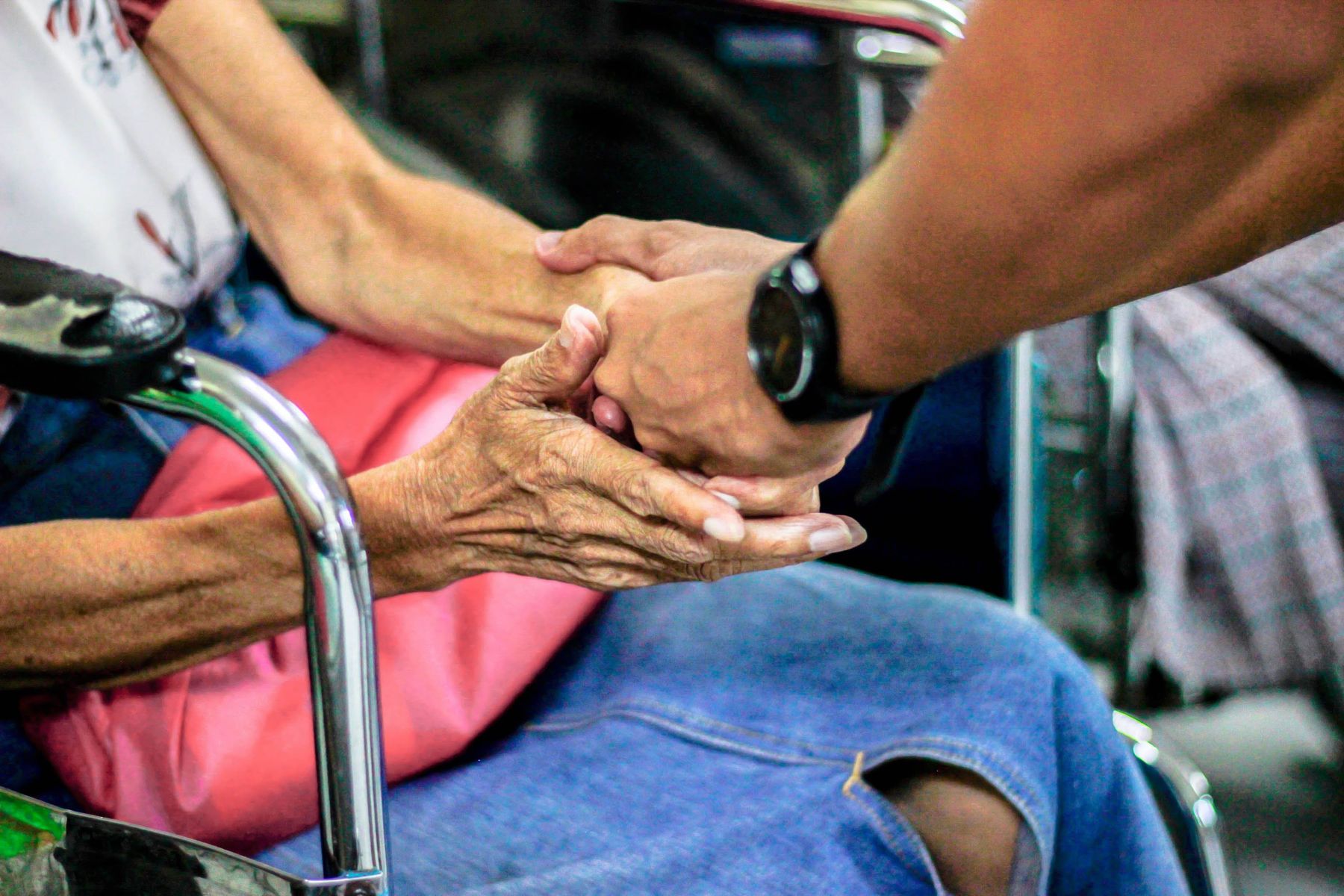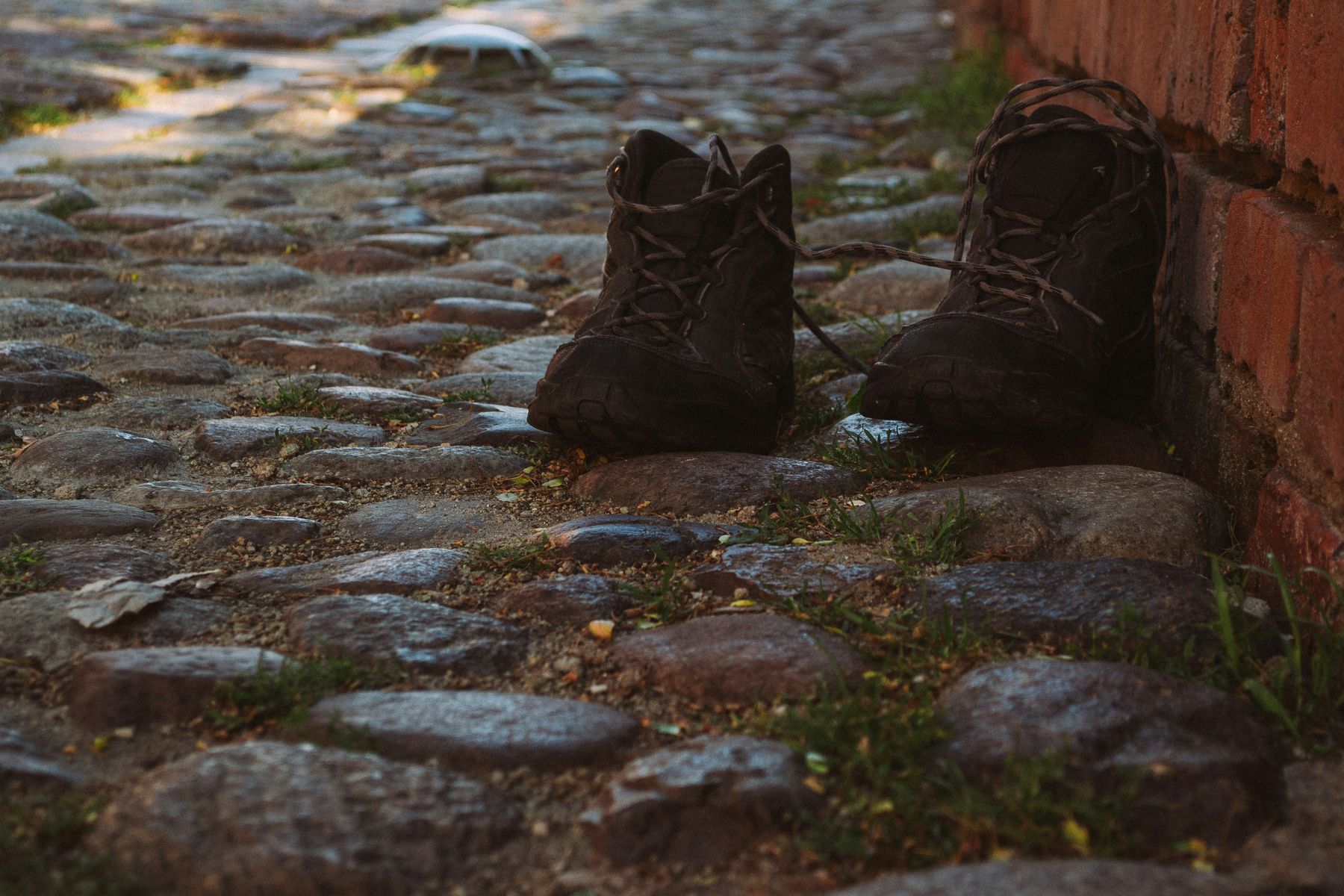Downtown Akron Partnership & Community Support Services Expand Partnership with Dedicated Downtown Homeless Outreach Worker
01/18/24
Category: Downtown Akron Blog

Since November 2020, Downtown Akron Partnership (DAP) and Community Support Services (CSS) have been working together to provide outreach and resources to those experiencing homelessness in downtown Akron. Through a program supported by Peg’s Foundation, called Partnership for Purpose, DAP ambassadors and CSS outreach workers have focused substantial time and energy on building relationships with downtown’s homeless population, with the ultimate goal of helping individuals transition into permanent housing.
Over the course of its existence, Partnership for Purpose has grown to include other social service organizations and safety teams, including Akron-Summit County Public Library, the City of Akron, Akron Police Department, University of Akron Police Department, and the County of Summit. These partners commit to collaborating on connecting individuals in need with resources that can help. To date, the program has helped more than 40 people attain permanent housing.
The Partnership Expands
In May 2023, DAP and CSS received additional grant funding from Peg’s Foundation—whose primary philanthropic focus is on programs and projects addressing mental illness, and improving the lives of individuals with serious mental illness—to hire a dedicated downtown outreach worker. Tera Jordan, who started her role in October, is formally employed by CSS and works closely alongside DAP ambassadors to proactively engage and respond to calls of concern about homeless individuals in the downtown neighborhood. Jordan, whose background includes time spent working with Oriana House and Summit County Corrections, spends most of her time each week building rapport with those who are unsheltered. Unlike other outreach workers at CSS, she does not manage a caseload in addition to her outreach work and is able to be on the scene quickly when she is needed, whether she is contacted by a downtown business owner or ambassador.
No matter the weather, Jordan can often be found in the nooks and crannies of downtown—under bridges, on vacant lots, and in other spaces frequented by unhoused people—simply getting to know people, building relationships and trust. Since many who form encampments end up with tight-knit, family-like bonds, and since they have often been harmed by other people and their community, it is not unusual for them to be skeptical of outsiders. Jordan estimates it takes three or four interactions before people start to open up or show a willingness to accept resources. “You just have to meet them where they’re at,” she says, “even if that means pulling up a milk crate and just sitting around the fire with them, talking about how their night went.” She also emphasizes that the key to the work she does is keeping people engaged, which takes time.

Housing First
CSS’s services are many. The organization was established in 1988 to provide healthcare and hope for those living with severe and persistent mental illnesses in Summit County. The organization strives to offer innovative and life-changing treatments including case management, supported employment, supported housing, assertive community treatment, integrated physical and behavioral care, counseling, and other wellness promoting services.
With an outreach team led by Michael Harhager, they also support Summit County’s homeless residents with a housing first model of operation—that is, they focus on getting people into housing before anything else, and then address addiction and recovery issues, mental health concerns, or paths to employment. This is an evidence-based approach that is more cost-effective and long-lasting than other methods of engagement.
In addition, CSS manages an outreach center on Voris Street where visitors can shower, do laundry, and be comfortable in a supportive space. From there, they can receive help obtaining identification cards, social security cards, birth certificates, and other documents often needed as a precursor to finding jobs and housing. They can also get assistance on applications for Medicaid, disability, and food stamps, and receive mental health and substance abuse disorder treatment.
Providing Meaningful Help
When asked what initially drew Jordan to her new role, she speaks of a desire to do more to help the population she was already working with. There are several people she interacts with now who remember her from her former roles, which only serves to strengthen her position as a person to trust and allows her to connect people with resources.
CSS, she explains, has been widely known for their mental health services for a long time. Since they offer a variety of other social and medical services, it makes it easier for people to access the things they need, all in one place, which is essential for people who are reliant on public transit, or who travel on foot. “It makes me feel like I’m giving my all to everyone,” she says, because she is empowered to connect people with the broad range of services they need—without unnecessarily escalating the situation and risking re-traumatizing people who may have had distressing encounters with authority in the past.

Perceptions of Homelessness Downtown
During Summit County Continuum of Care’s federally mandated annual Point-in-Time Count in January 2023, 648 people were identified as homeless in Summit County, representing a sharp increase from the 441 identified in 2022, after several years of steady decline. The spike may be attributed to rising housing costs and addiction issues, which is a nationwide trend.
While those most affected by homelessness are the people intimately experiencing it, homelessness also impacts general impressions of places where it exists in perceived excess, pointing to inequity, potential lack of social services, or even lack of safety. In downtown Akron specifically, concerns relating to homelessness have been the top-named issues on the Downtown Akron Partnership (DAP) annual survey since 2014, in some cases mentioned in nearly 30 percent of write-in responses to the question, “What is your biggest safety concern?”
Although some visitors worry about encountering homeless people when they come downtown, Jordan asserts that downtown tends to see fewer individuals than other places in the city and county. “Nobody wants to be seen sleeping on a cold bench,” she says. “Nobody wants to be a nuisance.” The cold weather, in particular, tends to drive unsheltered individuals elsewhere, for better cover.
Regardless, Jordan, in addition to the entire team of DAP ambassadors and other outreach workers at CSS, continues working tirelessly toward countering misconceptions about homelessness and getting those who need it into permanent housing.
The Partnership for Purpose program has shown promising success in its first three years, and with a new dedicated downtown outreach worker, in addition to the collaboration of several key organizations and a philanthropic partner intent on supporting initiatives that address mental illness, the reach and impact of the program is only expected to grow stronger.
If you or someone you know needs social services, call 211 or visit 211summit.org.
To learn more about Community Support Services’ Homeless Outreach program, visit cssbh.org/homeless-outreach.
If you require ambassador assistance in downtown Akron, call 330-706-7383.
Mentioned in this Post
Akron-Summit County Public Library
60 S High St
City of Akron
166 S High St
Akron Police Department
217 S High St
County of Summit
175 S Main St